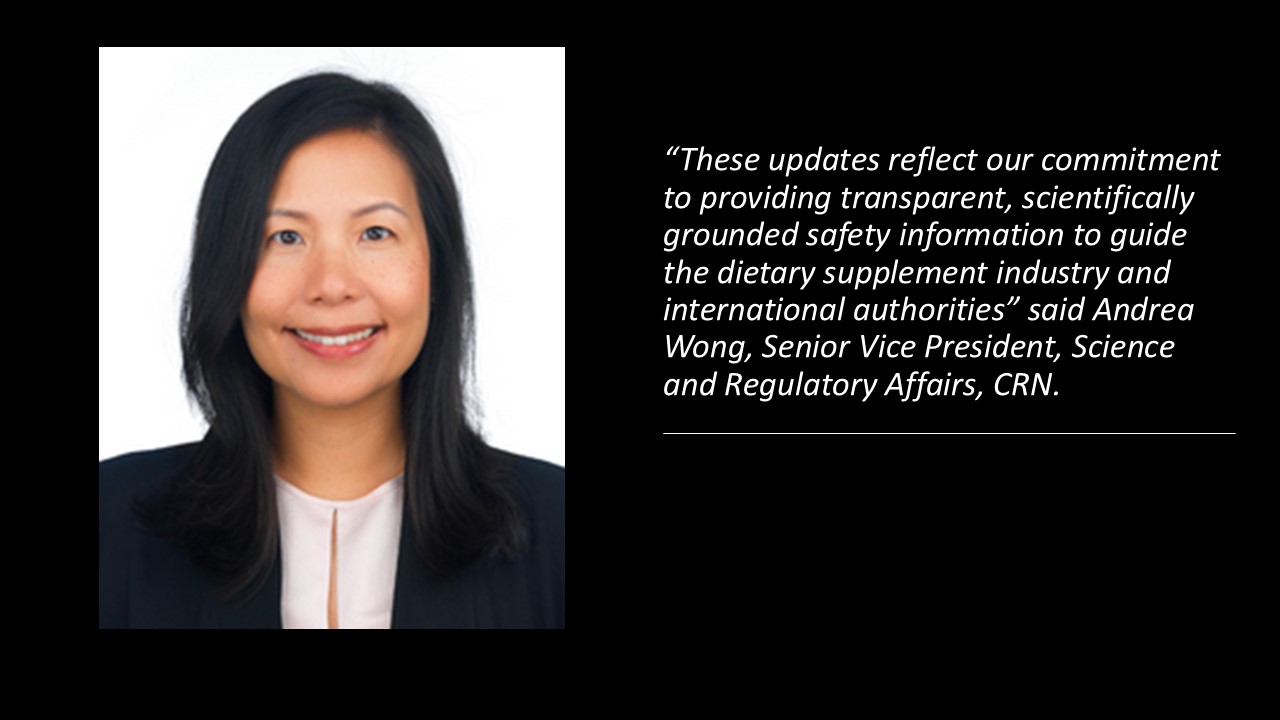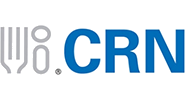February 4, 2025
Washington, D.C. – The Council for Responsible Nutrition (CRN) announces the release of newly revised chapters for Zinc, Vitamin B6 (Pyridoxine), and Vitamin E, as well as the updated Methodology summary, in the latest edition of its hallmark publication, Vitamin and Mineral Safety: 4th Edition. This update reflects advances in scientific research since the previous edition in 2014.
First published in 1997 and authored by the late Dr. John Hathcock, the Vitamin and Mineral Safety handbook by CRN has served as an authoritative resource for evaluating the safety of dietary supplements. The handbook provides upper levels for supplemental intake (ULs) for various nutrients, using methods developed by Dr. Hathcock that focus on clinical trial data from human studies when available. It provides guidance to industry stakeholders, as well as international policy makers and authoritative bodies.
Over the years, the handbook has been updated to reflect the evolving scientific understanding of nutrient safety, with subsequent editions released in 2004 and 2014. The latest updates continue this tradition and provide a more systematic and transparent approach to identifying, screening, and evaluating available data. This modernized process ensures that the most relevant studies inform the ULs’ determinations. “These updates reflect our commitment to providing transparent, scientifically grounded safety information to guide the dietary supplement industry and international authorities,” said Andrea Wong, Ph.D., Senior Vice President, Scientific and Regulatory Affairs, CRN. “They are a must-read for nutrition scientists, policy makers in the nutrition field and industry experts.”
As with previous editions, Vitamin and Mineral Safety, 4th Edition provides a unique and valuable contribution to assessing the safety of nutrients. First, it is based almost exclusively on human data. This methodology is based on the premise, supported by observation, that no matter how robust and extensive an animal dataset may be, the extrapolation to humans carries a very large uncertainty. Second, it rejects recommended dietary allowances (RDA) as a basis for establishing upper safe levels in favor of risk assessments that examine actual adverse events as opposed to concepts of “nutrient need,” which provide little evidence of safe levels. The approach also considers intake from food sources and makes recommendations for safe levels specifically from supplementation that augment other dietary sources of nutrients.
The new chapters were completed by ToxStrategies through a grant from the CRN Foundation. A multidisciplinary scientific consulting firm renowned for its expertise in toxicology and risk assessment, ToxStrategies played a pivotal role in updating the methodology for the 4th edition and applied new technologies in data identification and screening. Their involvement underscores CRN’s commitment to a rigorous, data-driven approach in this important initiative and CRN’s enduring dedication to promoting responsible nutrition and educating stakeholders about nutrient safety.
For the just-released chapters, the ULs for each nutrient remain unchanged from the 3rd edition values: 100 mg/day for vitamin B6, 1,000 mg (1,600 IU)/day for vitamin E, and 30 mg/day for zinc (assuming a dietary zinc intake of 10 mg).
Availability
The initial chapters in the updated Vitamin and Mineral Safety: 4th Edition are available for download. Additional chapters are in progress and will be released on the CRN website as they are completed. The CRN Foundation welcomes unrestricted contributions to support this work while maintaining the independence of the scientific review. For more information, contact CRN’s VP of Communications, Jeff Ventura, at jventura@crnusa.org.
Additional Resources
Supplement Source Episode 16 - Blueprint for Safety: The Handbook That Defined Supplement Science

About CRN:
The Council for Responsible Nutrition (CRN), founded in 1973, is a Washington, D.C.-based trade association representing 180+ dietary supplement and functional food manufacturers, ingredient suppliers, and companies providing services to those manufacturers and suppliers. In addition to complying with a host of federal and state regulations governing dietary supplements and food in the areas of manufacturing, marketing, quality control and safety, our manufacturer and supplier members also agree to adhere to additional voluntary guidelines as well as to CRN’s Code of Ethics. Follow us on X @CRN_Supplements and LinkedIn.

